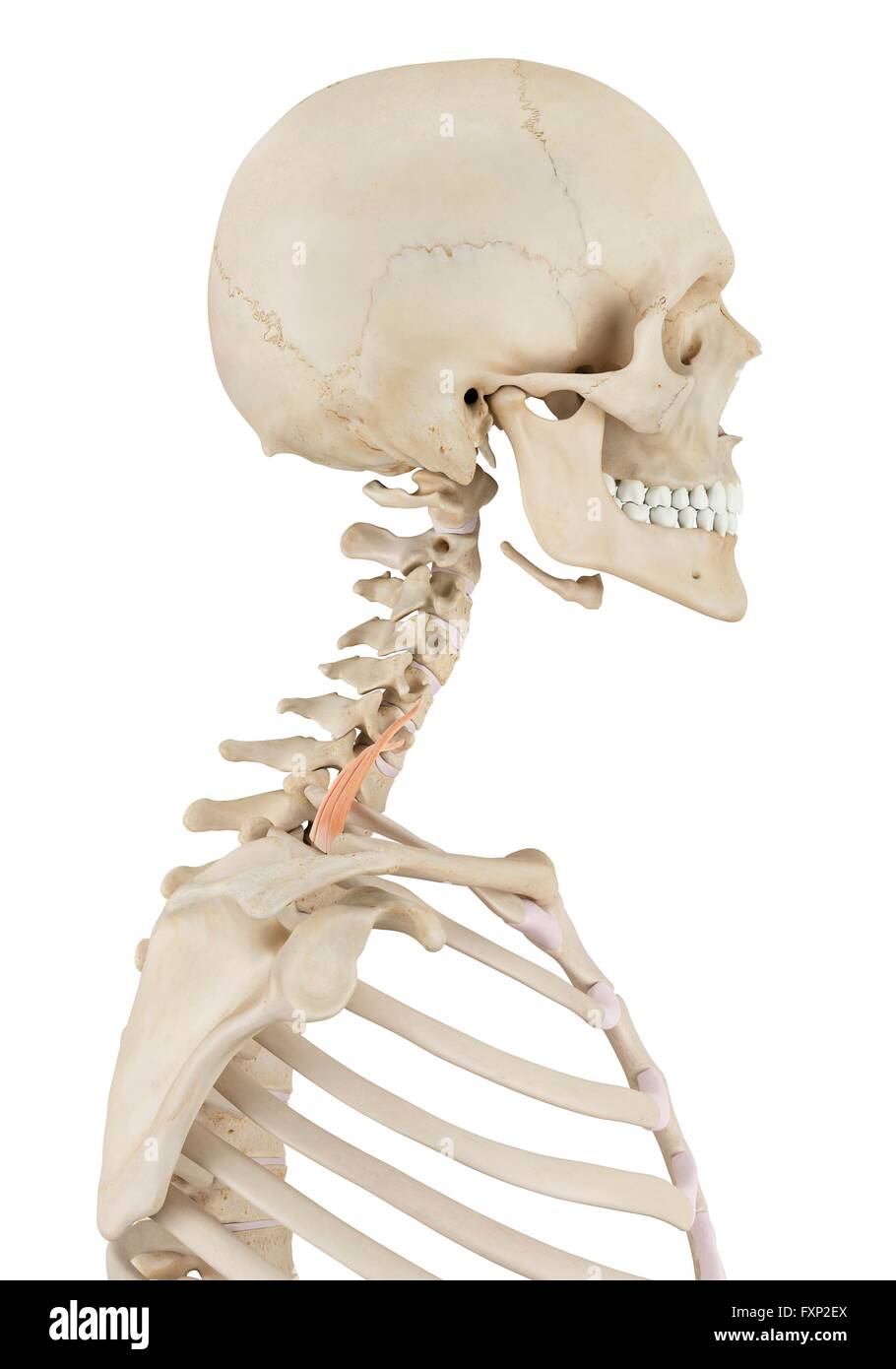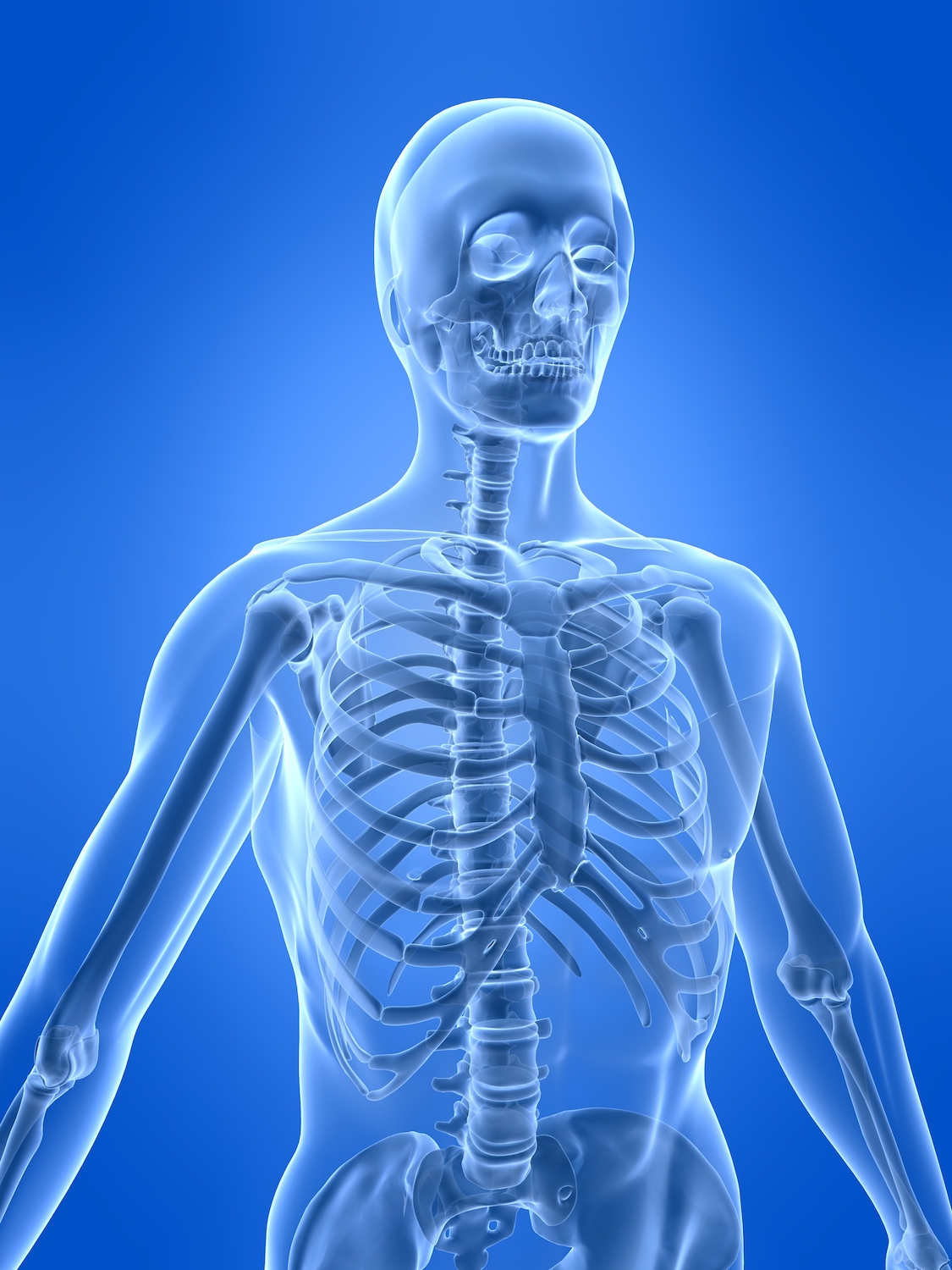

Structurally, the skeletal muscles are composed of the skeletal muscle cells which are called the myocytes (muscle fibres, or myofibrils). If you’re tired of all the big, comprehensive anatomy books, take a look at our condensed muscle anatomy reference charts, which contain all the muscle facts in one place organized into neat tables! The fact that there are more than 600 muscles in the body can be quite intimidating. Muscles of the lower limbs, which include hip and thigh muscles, leg muscles and foot muscles.Muscles of the upper limbs, which include muscles of the shoulder, muscles of the arm, muscles of the forearm and muscles of the hand.Muscles of the trunk, which include the muscles of the back, anterior and lateral abdominal muscles, and muscles of the pelvic floor.Muscles of the head and neck, which include the muscles of the facial expression, muscles of mastication, muscles of the orbit, muscles of the tongue, muscles of the pharynx, muscles of the larynx, and muscles of the neck.The skeletal muscles of the human body are organized into four groups for every region of the body: They vary greatly in shape in size, with the smallest one being the stapedius muscle in the inner ear, and the largest one being the quadriceps femoris muscle in the thigh. There are more than 600 muscles in the human body. The skeletal muscles are the main functional units of the muscular system. In contrast to this, the cardiac and smooth muscles are innervated by the autonomic nervous system, thus being controlled involuntarily by the autonomic centers in our brain. The skeletal muscles are the only ones that we can control by the power of our will, as they are innervated by the somatic part of the nervous system. Skeletal muscle, which attaches to the bones and provides voluntary movement.īased on their histological appearance, these types are classified into striated and non-striated muscles with the skeletal and cardiac muscles being grouped as striated, while the smooth muscle is non-striated.Smooth muscle, which comprises the walls of blood vessels and hollow organs.Cardiac muscle, which forms the muscular layer of the heart ( myocardium).There are three types of muscle tissue, based on which all the muscles are classified into three groups: The muscular system is an organ system composed of specialized contractile tissue called the muscle tissue. Muscles: Movement production, joint stabilization, maintaining posture, body heat productionīones: Mechanical basis for movements, providing framework for the body, vital organs protection, blood cells production, storage of minerals Skeletal system: bones, joints associated tissues (cartilage, ligaments, joint capsule, bursae) Muscular system: skeletal muscles and tendons Key facts about the musculoskeletal systemĪ human body system that provides the body with movement, stability, shape, and support This article will introduce you to the anatomy and function of the musculoskeletal system. The integrity and function of the bones and joints is supported by the accessory structures of the skeletal system articular cartilage, ligaments, and bursae.īesides its main function to provide the body with stability and mobility, the musculoskeletal system has many other functions the skeletal part plays an important role in other homeostatic functions such as storage of minerals (e.g., calcium) and hematopoiesis, while the muscular system stores the majority of the body's carbohydrates in the form of glycogen. Bones articulate with each other and form the joints, providing our bodies with a hard-core, yet mobile, skeleton. Skeletal system, whose main component is the bone.

Besides muscles, the muscular system contains the tendons which attach the muscles to the bones.

Skeletal muscles, in particular, are the ones that act on the body joints to produce movements.


 0 kommentar(er)
0 kommentar(er)
